General Info – summary.
This deciduous, spineless Tree and drooping branches is up to 15m+ high. Simple pendulous and hairless Leaves have gland tipped serrations. The often-pink petiole is grooved above. Small, regular, bisexual, 5-merous Flowers are in cymes with green sepals and larger white petals. The 5 stamens alternate with petals. Fruit: a small, oblong capsule with 3 locules dispersing winged seeds attached to a white aril.
Description.
Catha edulis.
Previous Names: Celastrus edulus, Methyscophyllum glaucum.
SA Tree No. 404.
Common names: (Afr) Boesmanstee, Boesmansteeboom, Boesmansteebos, Boesmantee, Spelonketee, Spelonke-tee, Khat. (Eng) Abyssinian Tea, African Tea, Arabian Tea, Bushman’s Tea, Khat. (IsiNdebele) Inandinandi. (isiXhosa) Igqwaka, Ikhukhuzi, Umhlwazi, Umhlwazi. (isiZulu) Umhlwazi. (Northern Sotho) Mohlatse. (siSwati) umHomo-mnadzi. (Xitsonga) Rithadzi. (Tshivenda) Luthadzi, Lwani.
Family: Celastraceae. (Spike-thorn, Staff-tree and Bitter-sweet family). There are currently close to 100 genera and in excess of 1 300 species. About 8 of these are in South Arica. Three are included on this website: Catha, Elaeodendron and Maytenus. This family has simple Leaves. Flowers are usually small, actinomorphic (regular), bisexual or unisexual and sepals and petals are usually persistent. One or 2 Pollen sacs are present on each Anther which opens by a longitudinal slit. The Ovary is usually superior and usually has 2-5 locules. The Style is usually thick and the Stigma has 2-5 lobes. Fruit varies.
Name derivation. Catha – based on an Arabian name and refers to the stimulant action of the leaves. edulis – edible.
Conservation: National Status: L C. (Least Concern). Assessment: 2004 (C.J. Geldenhuys and J.E. Victor).
Tree
This spineless (unarmed) Tree is up to 15+m high (photo 658) but it may also be a smaller shrub.. The upright crown is sparse with drooping branches. The Trunk is usually straight and slender with a narrow crown. The Bark on young branches is light grey, has powdery yellow pigments, is smoothish and may be pink. With time, the bark becomes darker, rough and cracked (photo 613). In large trees, the bark may have a grid-like pattern. Shedding bark reveals powdery yellow pigment. Young twigs may have a pink tinge that can spreads into the petiole (leaf stalk) and midrib (photo 497 under Flowers). An even pinker colour appears on the side that is exposed to sunlight.
- 658 2014/10/30 Pretoria NBG. Photo: David Becking.
- 613 2016/08/23 Pretoria NBG. Photo: David Becking.
Leaves
The pendulous, thick, firm, rather leathery, elliptic to oblong and young Leaves may be spirally arranged. Leaves are up to 11 x 5cm – usually smaller (photo 611). They tend to hang down and shake and shimmer in the wind. From a distance, the shimmering leaves may resemble those of the gum tree (Eucalyptus). Catha leaves are hairless and simple (have a single blade, which may have incisions that are not deep enough to divide the leaf into leaflets). Leaves are opposite on flowering shoots (photo 49 under Flowers) and soon lose the interpetiolar (between the petioles – leaf bases), triangular Stipules (basal appendages of the petiole) leaving a scar or ridge between the 2 petioles (photo 504). The stipules (are about 2mm long, and caducous (an organ or part which is easily detached and shed early). The slightly flattened Petiole (leaf stalk) is grooved on top (photo 504) and may be pinkish (photo 497 – under Flowers). The Apex and Base either taper or are rounded. In autumn, the deciduous tree leaves may turn an attractive yellow. The Blade is glossy green above and a dull lighter green below (photo 611). Vein details are easier to observe when the leaf is held against a strong light (photo 502). At least 10 pairs of lateral veins are visible – each initially at about 45 degrees to the Midrib and these veins eventually curve and move towards the apex – close to the margin (photo 502). A young midrib may be reddish. Broken leaves may reveal some short threads, which can help with ID. The somewhat wavy Margins are evenly serrated with each tip ending with a minute gland. These serrations point towards the apex.
- 611 2014/11/11 Walter Sisulu NBG. Photo: David Becking.
- 504 2018/01/25 Walter Sisulu NBG. Photo: David Becking.
- 502 2018/01/24 Walter Sisulu NBG. Photo: David Becking.
Flowers
The creamy-white or green, very small (2mm wide) bisexual Flowers are best observed with a hand lens. Buds are almost spherical (photo 80). The usually 5-merous flowers are actinomorphic (Regular, symmetrical. Flowers are vertically divisible into similar halves by more than 1 plane passing through the axis). They occur in two branched Cymes (broad, more or less flat-topped determinant flower cluster with the centre one ripening first). The Receptacle (the expanded tip of the flower stalk from which the floral parts develop) is a fleshy disc (a more or less fleshy or elevated development of the receptacle). It is saucer-shaped with a shallowly evenly toothed margin. The 5 small green Sepals are imbricate (having regularly arranged, overlapping edges, as roof tiles – photo 438) and connate (united so as to form a single part) at the base. These sepals are divided into narrow irregular segments. The Corolla has 5 creamy-white or green Petals. These are much longer than the sepals and are oblong to elliptic with rough edges (photo 433), including the flattish apex. In this photo, the green throat of the corolla base is visible. The 5 Stamens that alternate with the petals are initially erect (photo 433) but eventually become recurved (photo 438). Here the basifixed (attached by the base) Anthers and the longitudinal dispersal slits are visible. The single Pistil (a unit of the Gynoecium, the female element of the flower, composed of the Ovary, Style and Stigma) has a 3-locular superior Ovary immersed in the disc. There are 2 ovules per locule. The short Style ends with a 3-lobed Stigma (photo 433). (May-Nov).
- 80 2015/05/05 Walter Sisulu NBG. Photo: David Becking.
- 497 2017/07/18 Walter Sisulu NBG. Photo: David Becking.
- 433 2018/07/25 Walter Sisulu NBG. Photo: David Becking.
- 438 2018/07/25 Walter Sisulu NBG. Photo: David Becking.
Fruit
Thorns are absent from the Fruit (photo 442), which becomes a narrow 3-lobed Capsule (a dry fruit resulting from the maturing of a compound ovary with more than 1 carpel photo 442). The oblong capsule is about 1cm long and nearly trigonous (triangular in cross-section – photo 445). The initially green capsule turns red and finally becomes reddish-brown before dehiscing. It dehisces through the locules to bisect each of the 3 capsule and releases seeds while leaving the septa intact. 1-3 reddish, thinly winged Seeds with a white Aril (an appendage or outer covering of a seed and may appear as a pulpy covering. It develops from a stalk, the funiculus, connecting an ovule or a seed with the placenta). (May-Nov).
- 442 2018/07/25 Walter Sisulu NBG. Photo: David Becking.
- 445 2018/07/25 Walter Sisulu NBG. Photo: David Becking. Cross-section.
Distribution & Ecology
The Tree is widespread from Knysna in the Eastern Cape (rare), KwaZulu-Natal (not common), Mpumalanga and Limpopo. It also occurs in Swaziland, Zimbabwe, Mozambique (central and slightly north), Malawi, Zambia, Botswana, Angola and Ethiopia to Arabia. It is usually associated with bushveld, rocky outcrops, close to mist belts or running water and at high altitudes – where it may be a pioneer plant. Plants occur adjacent to, or within evergreen forests and among Diabase (dolerite – hard, intrusive igneous rock rocks – similar to basalt). In South Africa, this plant is especially common on the eastern slopes of the Soutpansberg Mountains (“Salt Pan Mountain.” This mountain range runs for about 100km roughly east west in Northern Limpopo Province). Butterfly larvae of the Foxy Charaxes or Foxy Emperor, Charaxes saturnus saturnus, feed off these Leaves and many other tree leaves. These include Bauhinia galpinii, Burkea africana, Croton, Schotia brachypetala, Cassia, and Colophospermum mopane.
Ethnobotany
The impressive golden brown, fine-grained, borer resistant Wood is used for rafters, fence posts and furniture. It saws, planes and polishes well and can be made into wood pulp. If consumed, the alkaloids in the Leaf called Cathine and Cathinone are absorbed. They are psychoactive drugs that act as a short acting stimulant and are among the most widely based plant psychoactive substances. This effect is somewhat similar to a strong cup of coffee – which also increases the effect. They are similar chemicals to ephedrine and have about one-tenth the potency of amphetamines. The presence of tannin may also have an effect. In ancient times, it was known as the “maker of dreams.” Leaves and shoots are brewed as tea (hence the common name “Bushman’s Tea”) or are chewed. Plants are used in local medicine. The Bark is used as an insect repellent. This fast-growing tree suckers readily and prunes well. Seeds and root cutting are usually planted directly into the ground.
References
Boon, R. 2010. Pooley’s Trees of eastern South Africa. Flora and Fauna Publications Trust, Durban.
Burrows, J.E., Burrows, S.M., Lotter, M.C. & Schmidt, E. 2018. Trees and Shrubs Mozambique. Publishing Print Matters (Pty) Ltd. Noordhoek, Cape Town.
Coates Palgrave, M. 2002. Keith Coates Palgrave Trees of Southern Africa, edn 3. Struik, Cape Town.
Geldenhuys, C.J. & Victor, J.E. 2004. Catha edulis (Vahl) Forssk. ex Endl. National Assessment: Red List of South African Plants version 2020.1. Accessed on 2022/11/12.
Lawrence, G. H. M, 1951. Taxonomy of Vascular Plants. The Macmillan Company, New York. Tenth Printing 1965.
Palmer, E. & Pitman, N. 1972. Trees of southern Africa. Balkema, Amsterdam, Cape Town.
Schmidt, S. Lotter, M. & McCleland, W. 2002. Trees and Shrubs of Mpumalanga and the Kruger National Park. Jacana, Johannesburg.
van Wyk, B. & van Wyk, P. 1997 Field guide to Trees of Southern Africa. Struik, Cape Town.
http://operationwildflower.org.za/index.php/plant-records/trees/152-catha-edulis?showall=1
http://witbos.co.za/plant.aspx?plant=catha-edulis
http://www.plantzafrica.com/plantcd/cathedulis.htm
http://www.neurosoup.com/khat-catha-edulis/
https://en.wikipedia.org/wiki/Khat
http://www.thepoisongarden.co.uk/atoz/catha_edulis.htm
http://posa.sanbi.org/flora/browse.php?src=SP
https://www.britannica.com/plant/Celastraceae
https://en.wikipedia.org/wiki/Dehiscence_(botany)

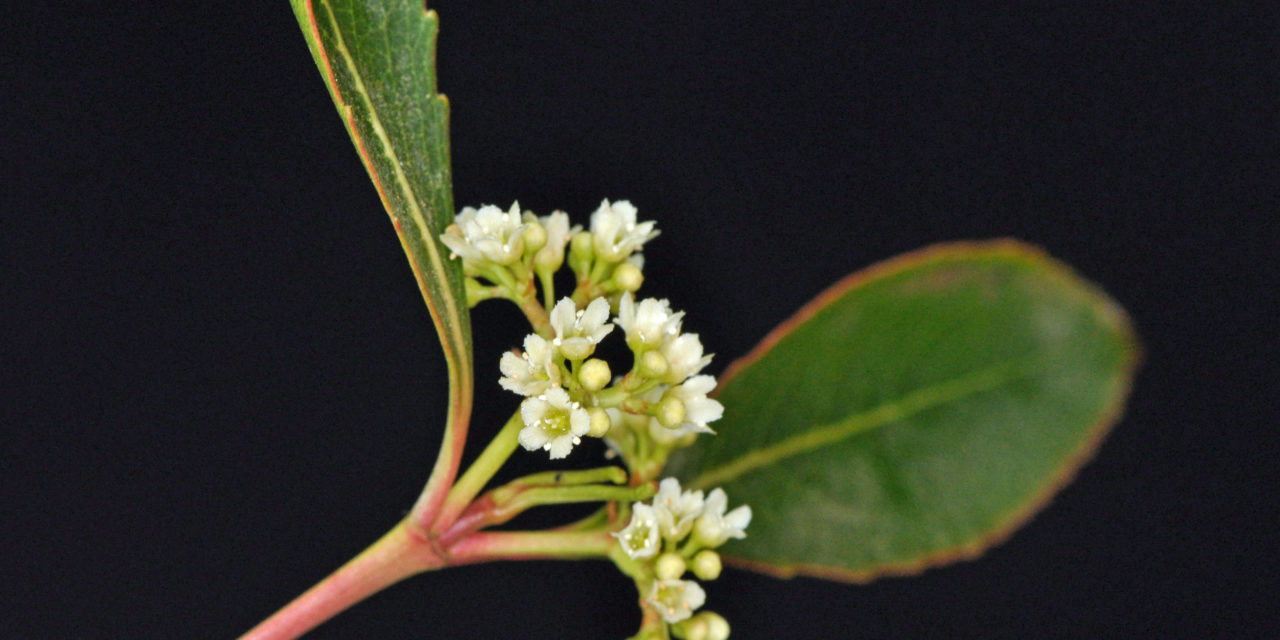
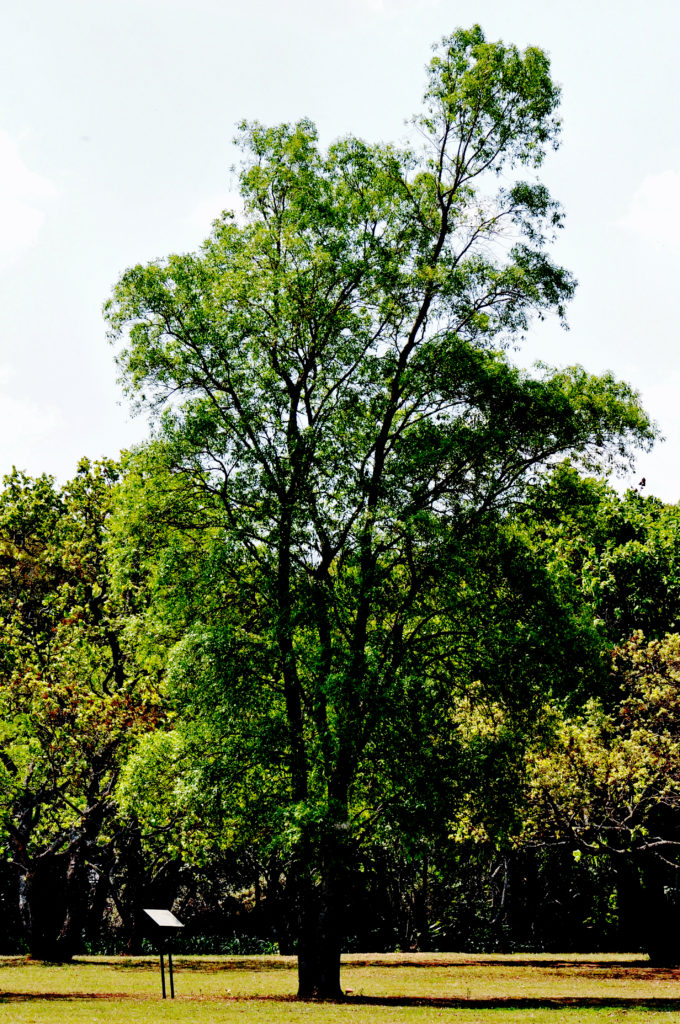
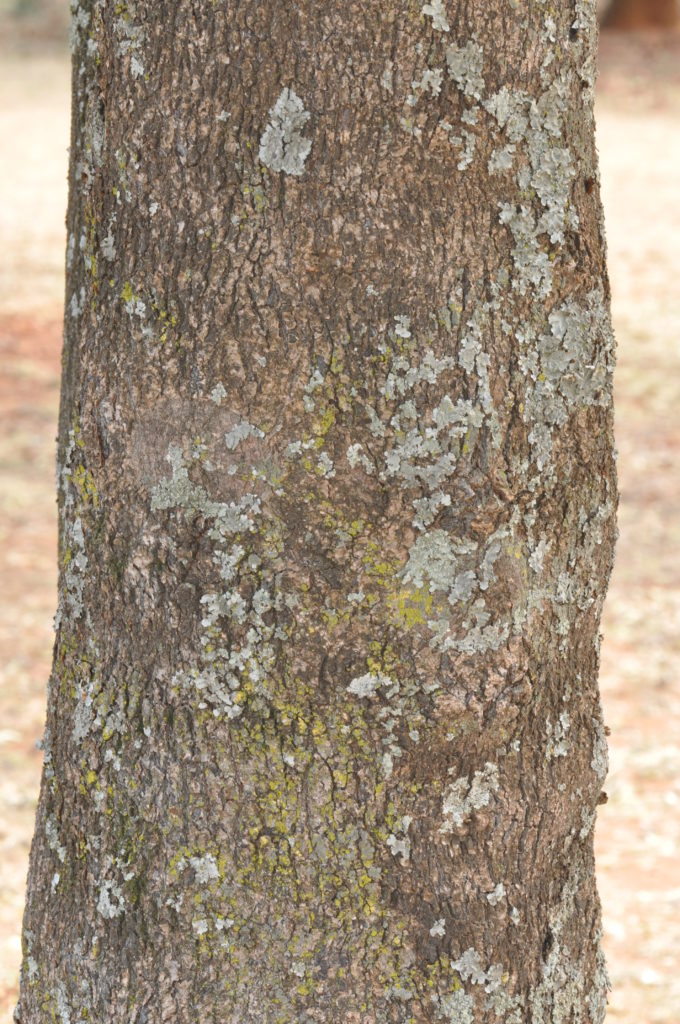
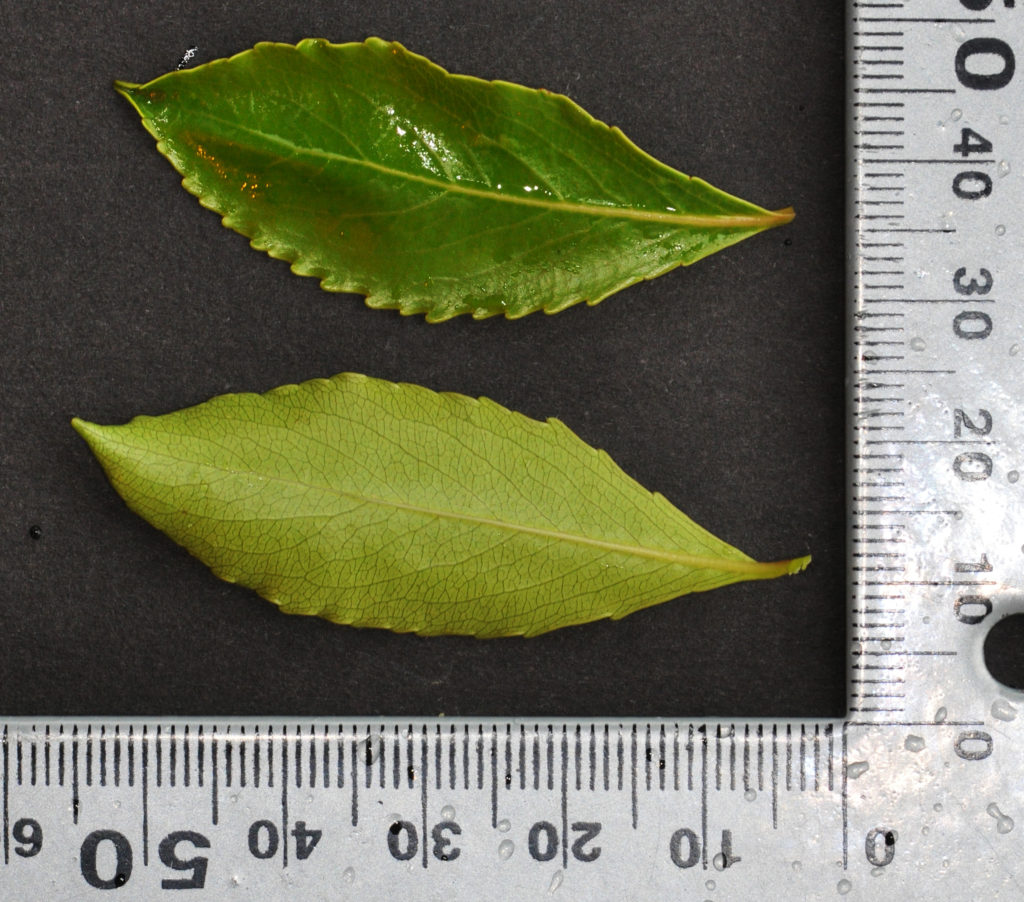
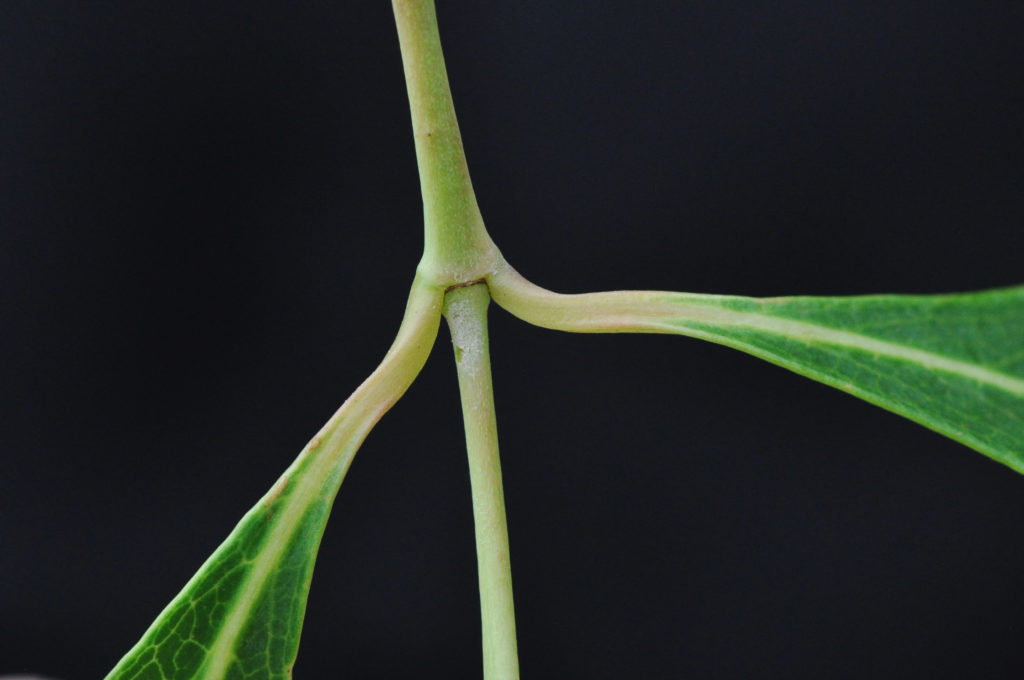

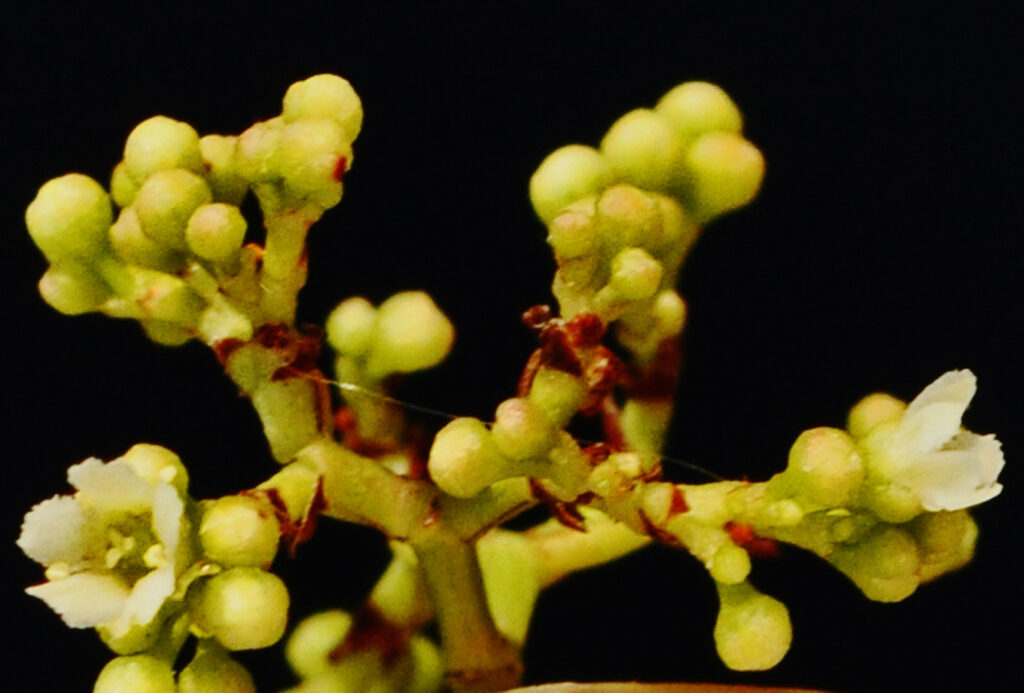
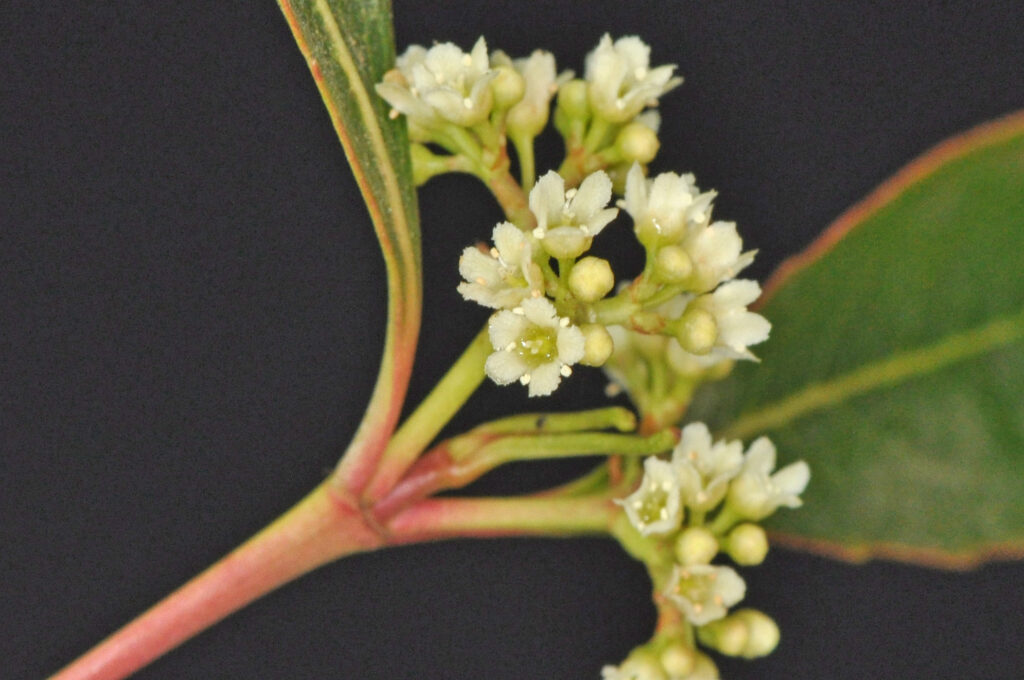
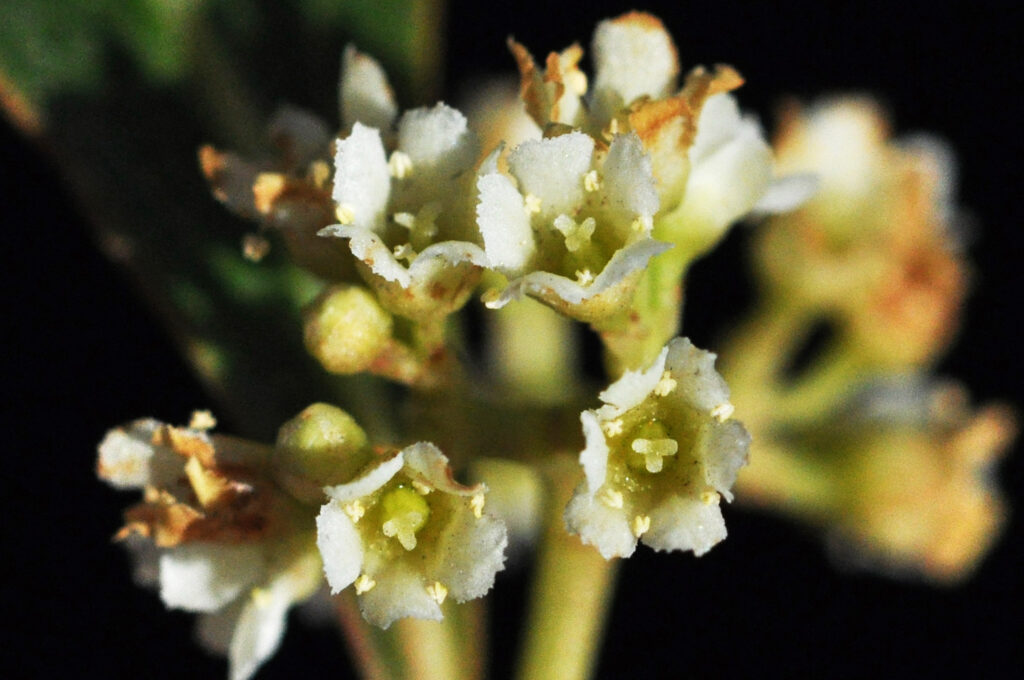
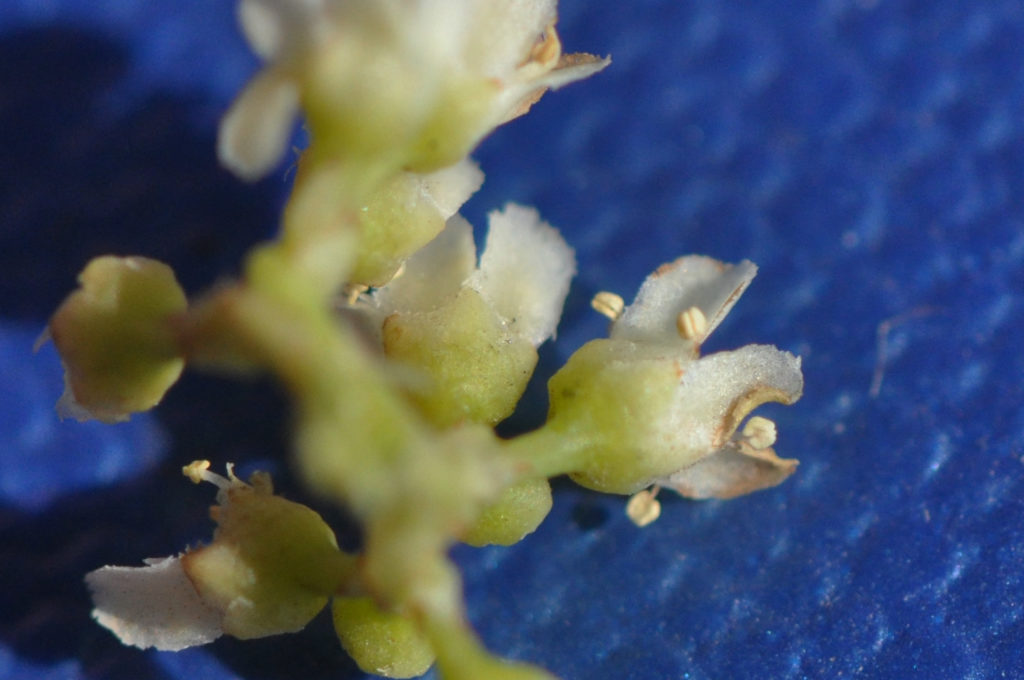
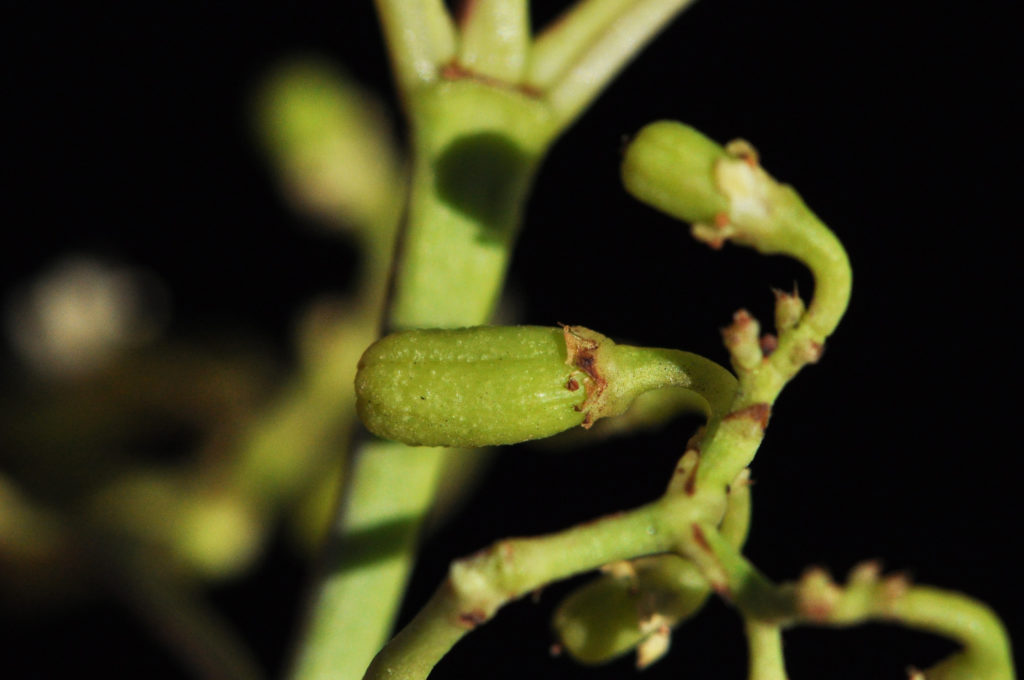
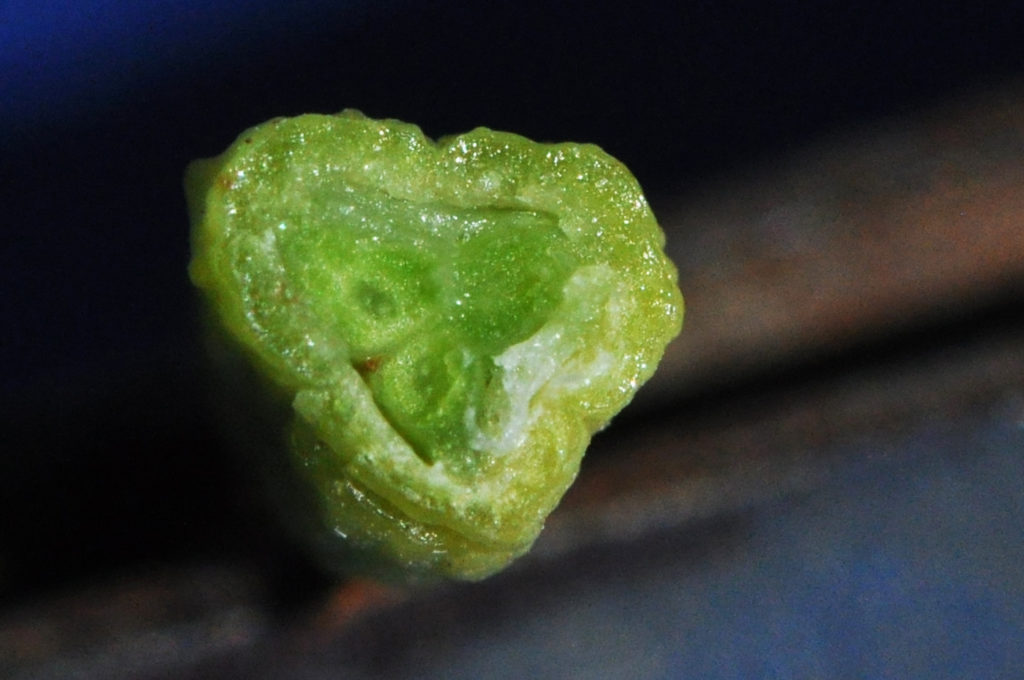
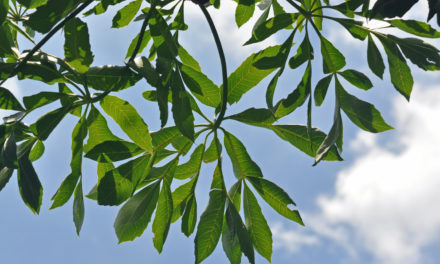
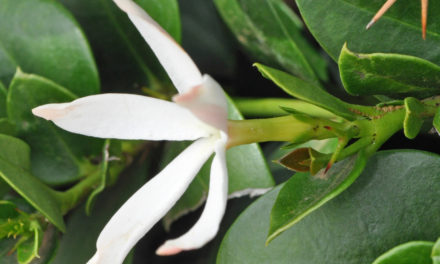
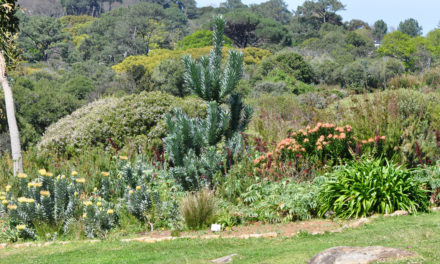
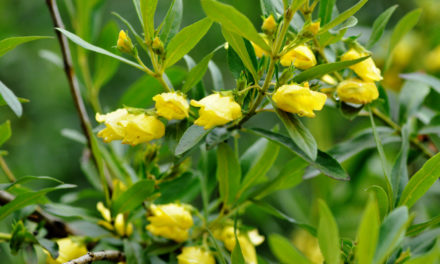
Congratulations! Wonderful websitewith thorough botanical data.
Dear Slobodon
Thank you. I still have a great deal to do – which will keep me occupied for a few years to come.
Take care!
David Becking.